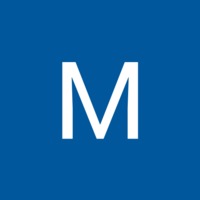Danijela Zutic - Profile on Academia.edu (original) (raw)

Supervisors: Cecily Hilsdale
less
Related Authors
Uploads
Talks by Danijela Zutic
Confronting eternity of the world; according to whose creator?
The God, saints and doctors — Masters of Medieval Arts of Healing
Between Divine and Human: Veneration of Saints in the Cripta Santa Margherita in Melfi
Like the fluid sea: masking boundaries in Pieter Isaacsz’s Allegory of Amsterdam (Cover of the Amsterdam City Harpsichord)
For your viewing pleasure: random acts of fac[e]iality in Medieval manuscripts?
Scrypting Death: The case of Anagni Italy
Lacking in pain but abundant in the(ir) humour(s): Vézelay’s Temptation of Saint Anthony and beard pulling affair
Contour of the World/Contour of the Soul: Opicinus de Canistris (1296-c.1354), Mirroring as Mystical Method
Seeing and Seeing Again: Geometry, Cartography and Visions in works of Opicinus de Cansitris
Skin Metamorphosis and the image Masquer: A Daughter of Niger
Call for Papers by Danijela Zutic
Papers by Danijela Zutic
Confronting eternity of the world; according to whose creator?
The God, saints and doctors — Masters of Medieval Arts of Healing
Between Divine and Human: Veneration of Saints in the Cripta Santa Margherita in Melfi
Like the fluid sea: masking boundaries in Pieter Isaacsz’s Allegory of Amsterdam (Cover of the Amsterdam City Harpsichord)
For your viewing pleasure: random acts of fac[e]iality in Medieval manuscripts?
Scrypting Death: The case of Anagni Italy
Lacking in pain but abundant in the(ir) humour(s): Vézelay’s Temptation of Saint Anthony and beard pulling affair
Contour of the World/Contour of the Soul: Opicinus de Canistris (1296-c.1354), Mirroring as Mystical Method
Seeing and Seeing Again: Geometry, Cartography and Visions in works of Opicinus de Cansitris
Skin Metamorphosis and the image Masquer: A Daughter of Niger











